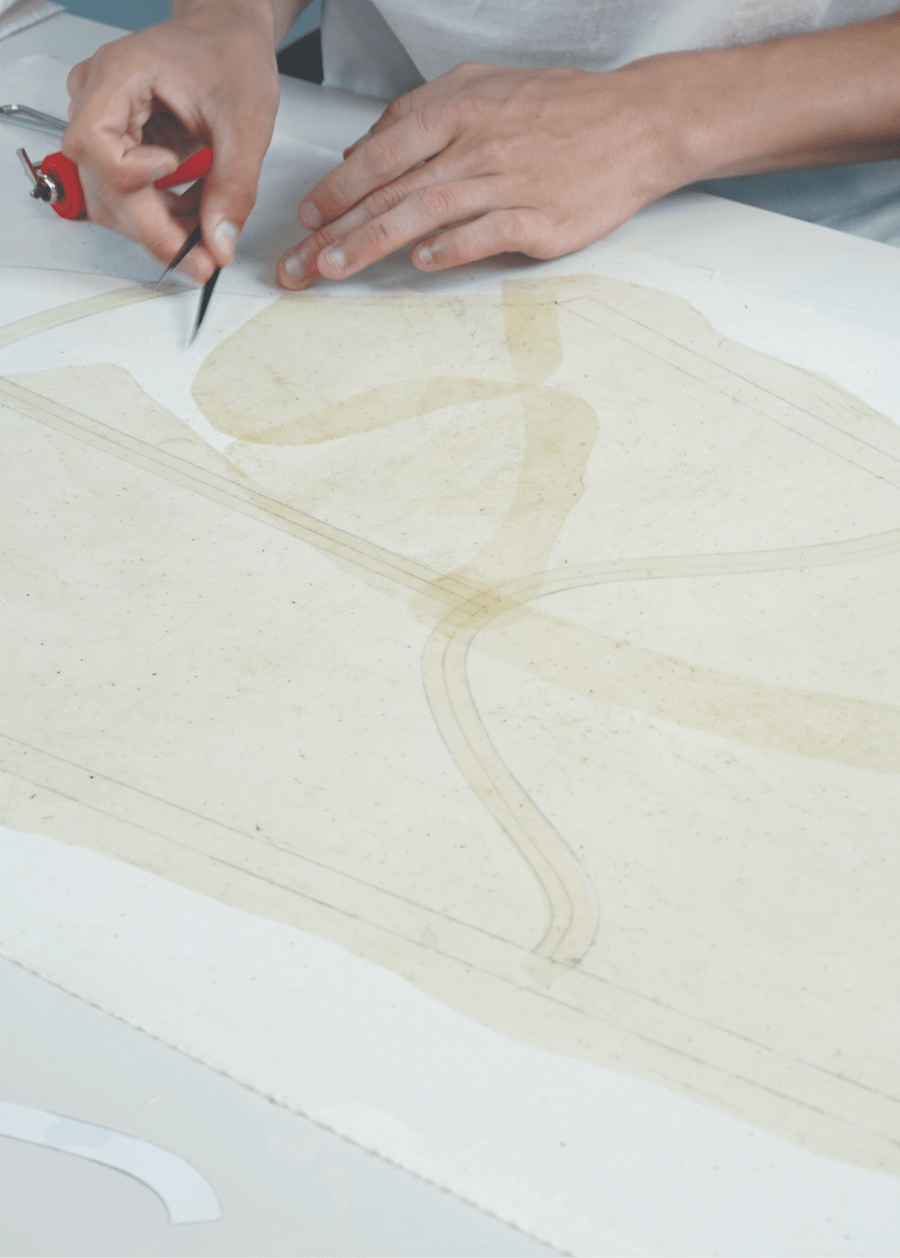



About 65% of all textiles on the market are of synthetic origin. Global production of synthetic fibers has doubled from 2009 to 2021. In the context of the prognosed growth in demand for textiles, it is assumed that in 2050, petroleum consumption will reach 300 million tons and account for 26% of total CO2 emissions. In addition, textiles are assumed to be responsible for 22 million tons of microplastics entering the oceans between 2015 and 2050.

From 2025 onwards the European commission aims to implement recycling obligations for clothing producers. Sustainable material development in this sector is indispensable. GOLD explores the interface between functional clothing and sustainable, circular materials.
Biologically produced textile fibers from collagen initiate a biosynthetic value chain for the textile industry based on renewable raw materials and using sustainable energy sources.
Collagen is the most abundant biopolymer in nature, therefore animal skins have been used by humans throughout history. For example, the Inuit made water-repellent gut parkas from similar tissue types to keep hunters dry in their kayaks. Collagen is biodegradable, and chemically easy to separate from fiber composites without toxins. The recyclability of collagen fibers for further use is currently being researched in a follow-up project.






Following historic processes and production steps we applied advanced methods of fabrication including robotic yarn laying and material lamination. The experiments resulted in a taxonomy of process steps that were documented in videos and material samples.
From RNA sequencing to material archaeology, this design research project examines a specific cow gut tissue with the goal of creating a sustainable highly performant textile.

Biotechnology & Concept
Mimotype Technologies
Mechanical Testing
Filk Freiberg
Images
Denny Sachtleben
WINT Design Lab
Concept & Design
WINT Design Lab
Assistant
Carl Bahra

